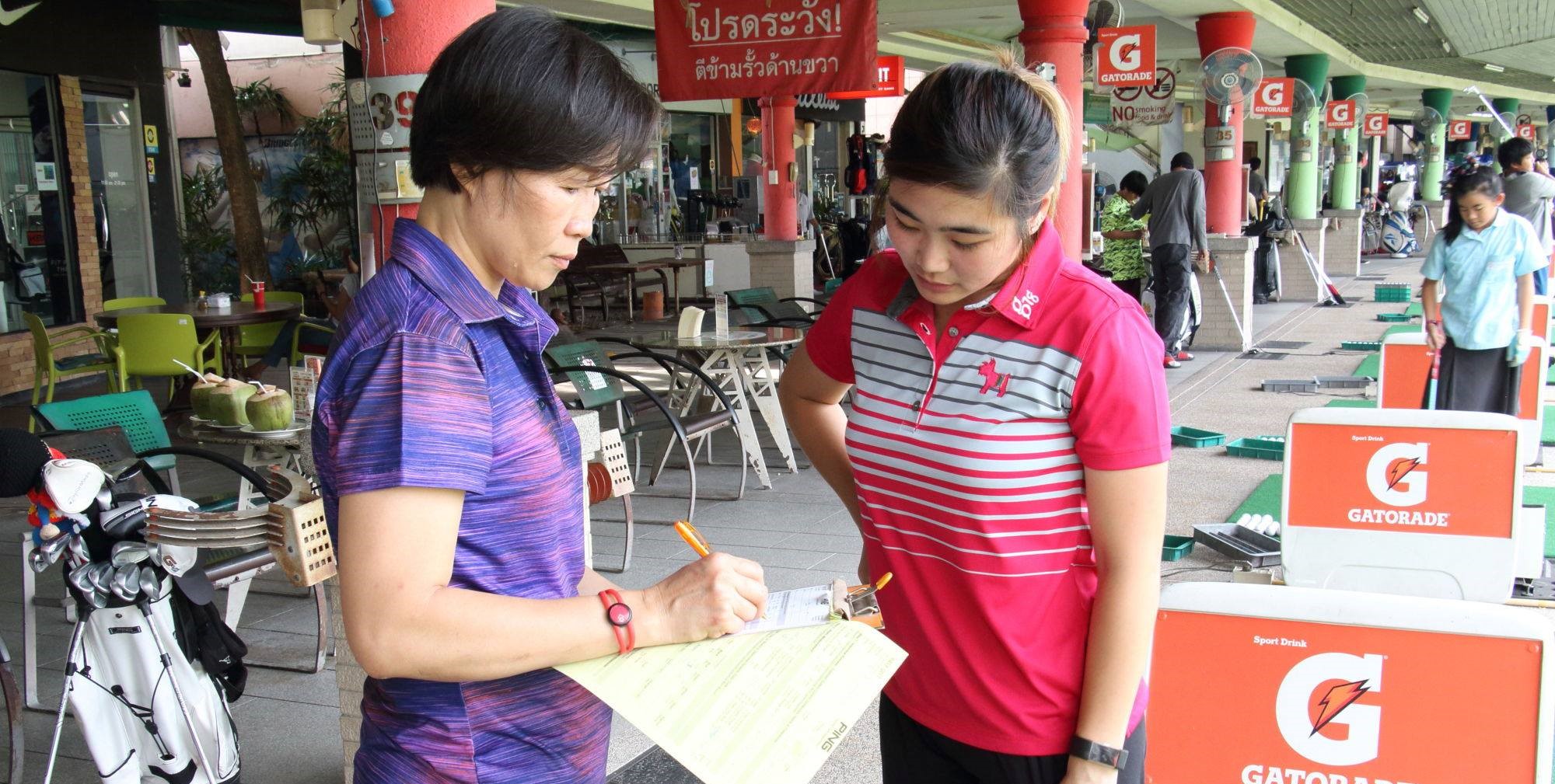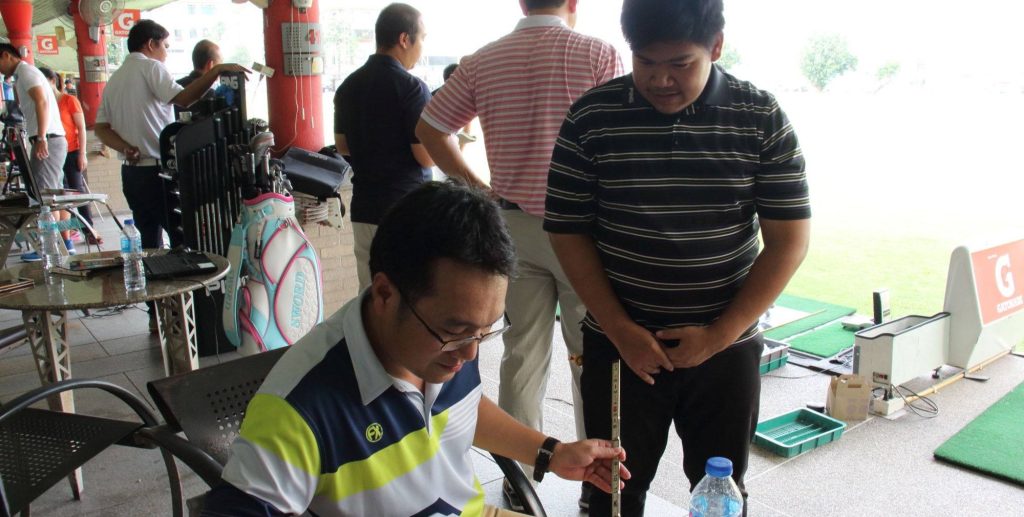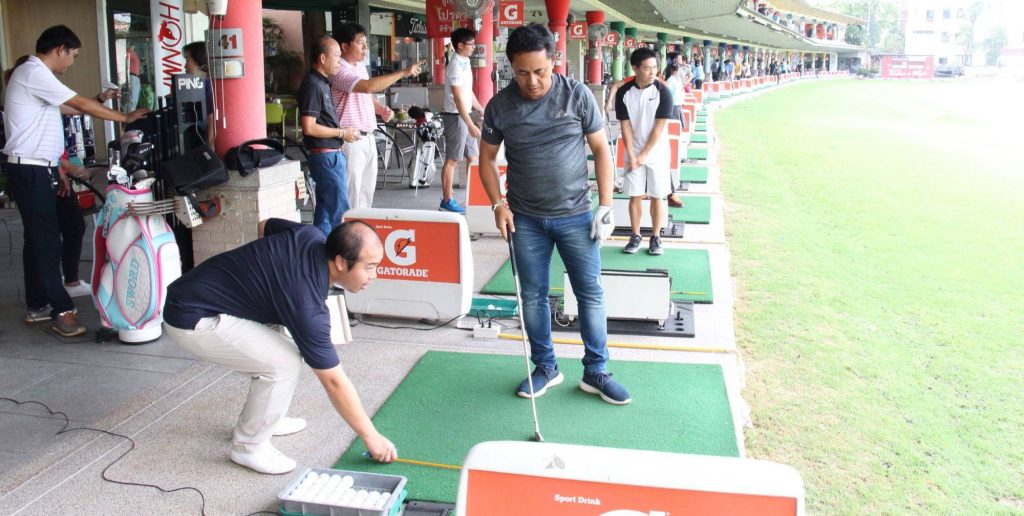1. The Interview
Your fitter begins with a few questions to learn where you’re looking to improve, and your goals for the fitting. Whether your goal is simply to be fitted with a driver that bashes it past your buddies, or you want a full-bag fitting, your fitter will make it happen. If you manually track your stats or use any of the PING-tested apps, we will review your performance history by analyzing data to determine your ball-flight tendencies. Our dialogue will continue so we can satisfy your preferences in appearance, feel and performance to match you with the clubs that allow you to Play Your Best!




